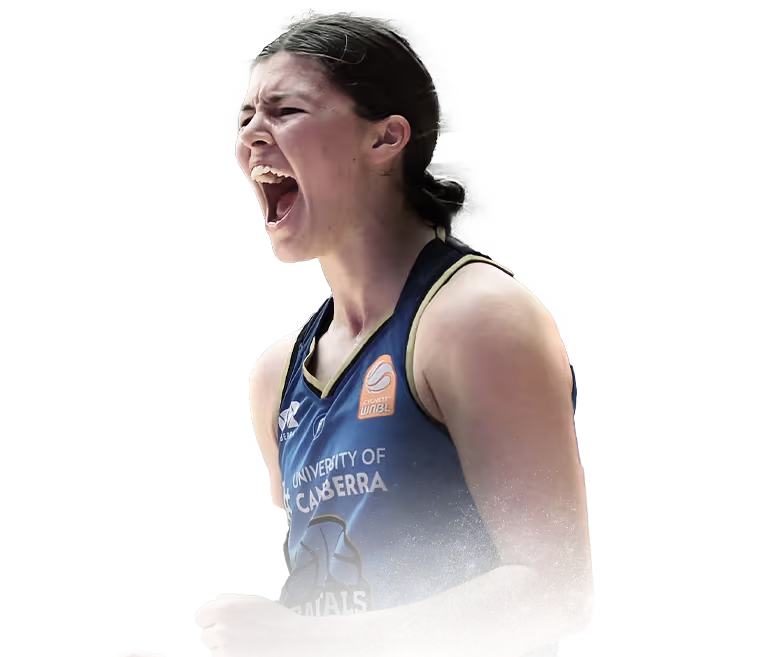

1
Apr
National Champs
Complete guide to 2025 U18 women's Nationals
Everything you need to know ahead of the 2025 U18 women's National Championships.
- National championships bring together Australia's top junior basketball talent competing across state and territory teams
- Tournament formats typically feature pool play, classification games, and medal rounds over 6-8 days
- These events serve as critical talent identification platforms for national team selectors and college recruiters
The Australian junior national basketball championships represent the pinnacle of youth competition, bringing together the country's most talented young athletes in a showcase of skill and teamwork.
For the full team lists for the tournament, hosted by Northside Wizards Basketball in Brisbane from April 6-13, click here.
The History and Evolution of Australian Junior Basketball Championships
The national junior championships have been a cornerstone of Australian basketball development for decades. Initially established as a modest interstate competition, these tournaments have evolved into highly structured events that serve as the primary pathway for identifying and developing elite talent. Throughout their history, the championships have adapted to reflect the growing popularity and professionalism of basketball in Australia.
During the early years, the tournaments focused primarily on creating competitive opportunities between states. However, as Basketball Australia developed more sophisticated talent identification systems, the championships became increasingly important as selection events for junior national teams like the Australian Emus (men) and Sapphires (women) programs.
Tournament Structure
The structure of the championships has undergone significant changes over time. Early formats featured simple round-robin competitions, but today's tournaments utilise complex pool play and classification systems that ensure appropriate competitive balance. This evolution reflects the growth in participant numbers and the desire to create meaningful competition for teams at various skill levels.
Modern tournaments typically feature:
- Pool play (group stage)
- Crossover games between pools
- Classification games for non-advancing teams
- Quarter-finals, semi-finals, and medal rounds
This format has proven effective in balancing competitive opportunities with talent identification needs, ensuring that all participants gain valuable experience regardless of their finishing position.
Pool Play System
The pool play system serves as the foundation of the championship structure. Teams are divided into pools (typically two) based on previous results and geographic considerations. This initial stage allows teams to compete against opponents of varying abilities while establishing seedings for the next phase of competition.
For example, the 2025 Foot Locker Under 18 Women's National Championships divides 12 teams into two pools:
Pool A:
- South Australia Metro
- Victoria Metro
- Queensland North
- Tasmania
- New South Wales Country
- Western Australia Country
Pool B:
- Queensland South
- New South Wales Metro
- Victoria Country
- Western Australia Metro
- South Australia Country
- Australian Capital Territory
Each team plays every other team in their pool once during this stage, with results determining advancement to the finals series.
Classification and Finals Format
Following pool play, teams advance to either championship brackets or classification games. The top teams from each pool typically advance to quarter-finals, while lower-placed teams compete in classification games to determine final tournament rankings.
The classification system ensures that all teams play a similar number of games regardless of their performance in pool play. This approach provides valuable development opportunities for all participants while maintaining competitive integrity throughout the tournament.
The finals series typically follows a straightforward elimination format:
- Quarter-finals (1st in Pool A vs 4th in Pool B, 2nd in Pool B vs 3rd in Pool A, etc.)
- Semi-finals
- Bronze medal game (between semi-final losers)
- Gold medal game (between semi-final winners)
This structure creates meaningful pathways for teams of all abilities while building excitement toward the championship games.
State and Territory Representation
Each state and territory in Australia sends representative teams to the national championships. The larger states often field multiple teams, typically divided into "Metro" and "Country" designations to reflect the geographic diversity within those states.
The standard representation includes:
- Australian Capital Territory
- New South Wales (Metro and Country)
- Northern Territory (in some age groups)
- Queensland (North and South, or Metro and Country)
- South Australia (Metro and Country)
- Tasmania
- Victoria (Metro and Country)
- Western Australia (Metro and Country)
This approach ensures that talented players from all geographic regions have pathways to national-level competition, addressing the challenges posed by Australia's vast and unevenly distributed population.
Team Selection Process
The selection process for state and territory teams involves multiple stages of identification and assessment. While specific approaches vary by region, most follow a similar pathway:
- Regional development programs and local association identification
- State development program participation
- Trial camps and selection tournaments
- Final team selection and preparation camps
This process typically spans 6-12 months before the national championships, with selected players participating in regular training sessions and preparation tournaments. The thorough approach helps ensure that teams arrive at the championships well-prepared and functioning as cohesive units.
National Team Selection
The junior championships serve as critical talent identification events for Basketball Australia's national team programs. National coaches and selectors attend these tournaments to identify athletes with the potential to represent Australia at international competitions.
Successful players may receive invitations to:
- National development camps
- Selection camps for FIBA Oceania or World Championships
- Australian Centre of Excellence programs
- National training camps and tours
These opportunities represent significant steps in a player's development journey, potentially leading to senior national team consideration in future years.
College and Professional Scout Presence
The championships also attract significant attention from college recruiters and professional scouts. Representatives from NCAA programs, Australian NBL and WNBL teams, and international professional leagues attend to identify promising talent for future recruitment.
For many young athletes, strong performances at the national championships can lead to:
- Scholarship offers from American colleges
- Development player opportunities with professional clubs
- Invitations to elite academies and training environments
- Exposure to wider basketball networks and opportunities
This visibility makes the championships particularly valuable for players with aspirations of pursuing basketball beyond the junior levels.
Venue Requirements and Selection
Hosting a national championship requires significant infrastructure and operational capacity. Basketball Australia typically selects host venues based on:
- Court availability (minimum 3-4 competition courts)
- Spectator capacity
- Technical capabilities (scoreboards, statistics systems)
- Ancillary facilities (change rooms, medical areas, etc.)
- Accommodation proximity
- Transportation accessibility
Major basketball centres like the State Basketball Centre in Melbourne, the Gold Coast Sports and Leisure Centre, and the Warwick Stadium in Perth frequently host these events due to their comprehensive facilities.
Schedule Development Considerations
Creating an effective tournament schedule requires balancing multiple factors:
- Equity in game timing and rest periods
- Minimizing travel between venues for teams
- Court availability and facility constraints
- Broadcast and streaming requirements
- Spectator interests (particularly for finals series)
Tournament schedules typically feature 3-4 games per team during pool play, followed by classification or finals games depending on results. Teams generally play one game per day, though some formats require two games on selected days to accommodate the full schedule.
For example, the 2025 Foot Locker Under 18 Women's National Championships spans eight days with a detailed schedule ensuring all teams play the appropriate number of games with adequate rest periods.
Tournament Environment
The championships provide a unique competitive environment that significantly contributes to player development. Athletes experience:
- High-pressure competition situations
- Performance expectations from coaches and spectators
- Team living arrangements (typically hotels or athlete villages)
- Media attention and interview opportunities
- Professional tournament operations
This immersive environment helps prepare players for the challenges they'll face at higher levels of competition, making the championships valuable not only for technical development but also for personal growth and mental resilience.
Skill Development Opportunities
Beyond the games themselves, the championships offer numerous development opportunities for participants:
- Exposure to diverse playing styles and strategies
- Competition against top athletes from other regions
- Observation of elite players in same age group
- Feedback from experienced coaches and selectors
- Video analysis and performance review
These experiences accelerate player development by exposing athletes to approaches and techniques they may not encounter in their regular competitive environments.
Where Championships Fit in Development Model
The national championships represent a crucial midpoint in Australia's basketball development pathway. They serve as both the culmination of state-based development programs and the entry point to national team and professional opportunities.
Within the broader Australian basketball pathway, the championships connect:
- Local association competitions and development programs
- State performance programs and academies
- National teams and centre of excellence
- Professional leagues and college basketball
This positioning makes the championships particularly valuable for identifying which athletes are ready to progress to higher levels of competition and development.
Long-term Athlete Development Integration
Basketball Australia's long-term athlete development model emphasizes appropriate competitive experiences at each stage of player development. The national championships align with the "Train to Compete" phase for most participants, focusing on:
- Competition-specific preparation
- Position-specific skill refinement
- Advanced tactical understanding
- Performance under pressure
- Team cohesion and role acceptance
This alignment ensures that the championships provide developmentally appropriate challenges that build upon previous experiences while preparing athletes for future opportunities.
Medal Ceremonies and Recognition
The championship culminates in medal ceremonies that recognise outstanding team and individual performances. These celebrations typically include:
- Team medals (gold, silver, bronze)
- Tournament MVP award
- All-Star Five selections (top five players)
- Bob Staunton Medal (most outstanding player)
- Fair Play award
These ceremonies create memorable moments for participants while establishing aspirational goals for younger players watching from the stands or via broadcasts.
Historical Legacy and Alumni
Many of Australia's most successful basketball players have participated in the junior national championships. The tournament's alumni include:
- Olympic medallists
- NBA and WNBA players
- NBL and WNBL stars
- NCAA standouts
- Professional players in leagues worldwide
This legacy creates a powerful connection between current participants and the pathway's successful outcomes, inspiring young athletes to pursue excellence through the established development system.
The Value of National Championships
The Australian junior national basketball championships represent far more than a competitive tournament. They serve as a critical nexus point in the country's basketball development system, connecting grassroots participation with elite performance pathways.
For participants, the championships provide irreplaceable experiences that accelerate development and open doors to future opportunities. For the broader basketball ecosystem, they ensure consistent talent identification and development processes that maintain Australia's strong international standing in the sport.
As basketball continues to grow in popularity across Australia, these championships will remain an essential component of the pathway that transforms talented juniors into world-class performers representing their country at the highest levels of competition.
Exclusive Newsletter
Aussies in your Inbox: Don't miss a point, assist rebound or steal by Aussies competing overseas. Sign-up now!


.avif)
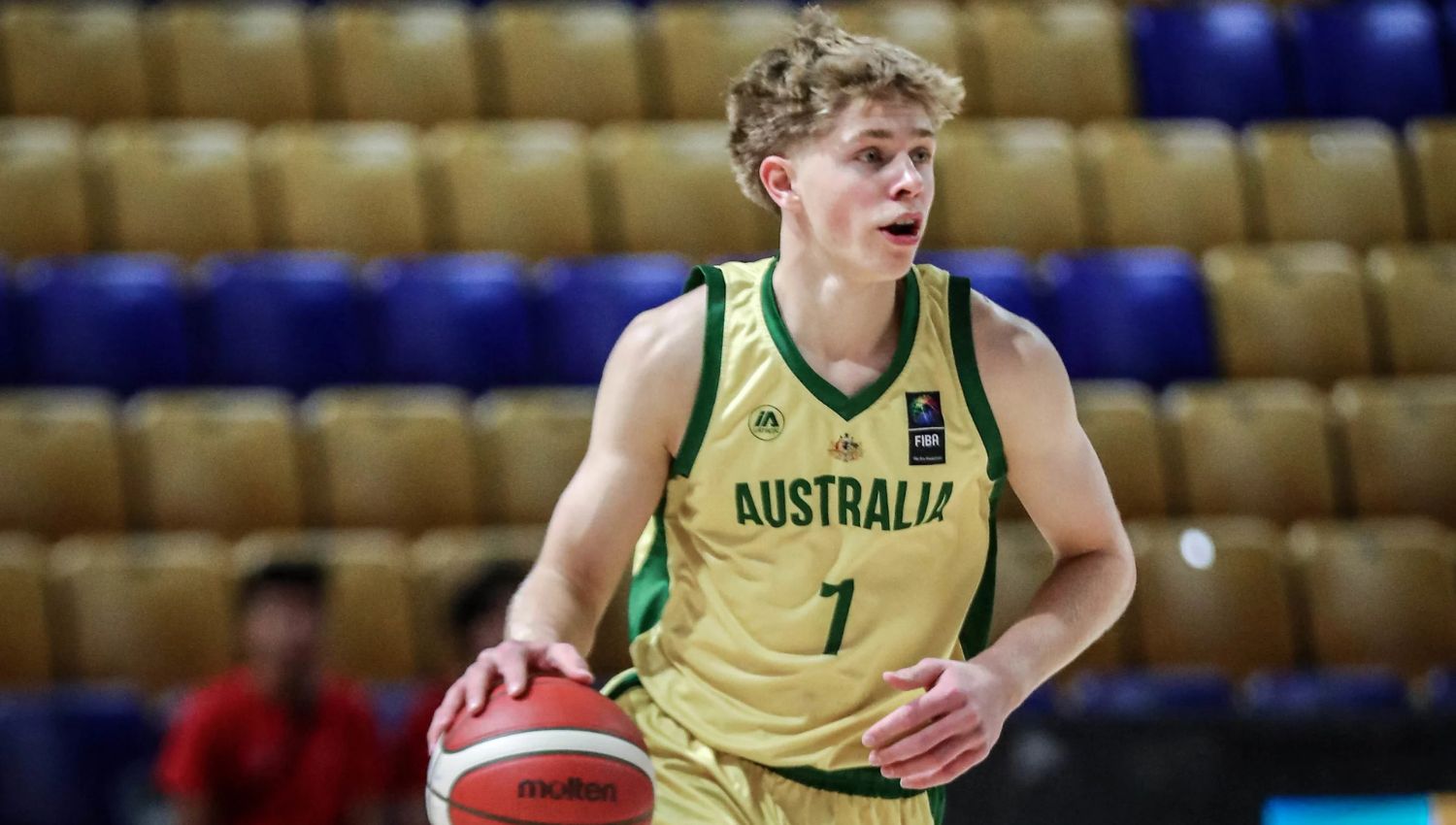

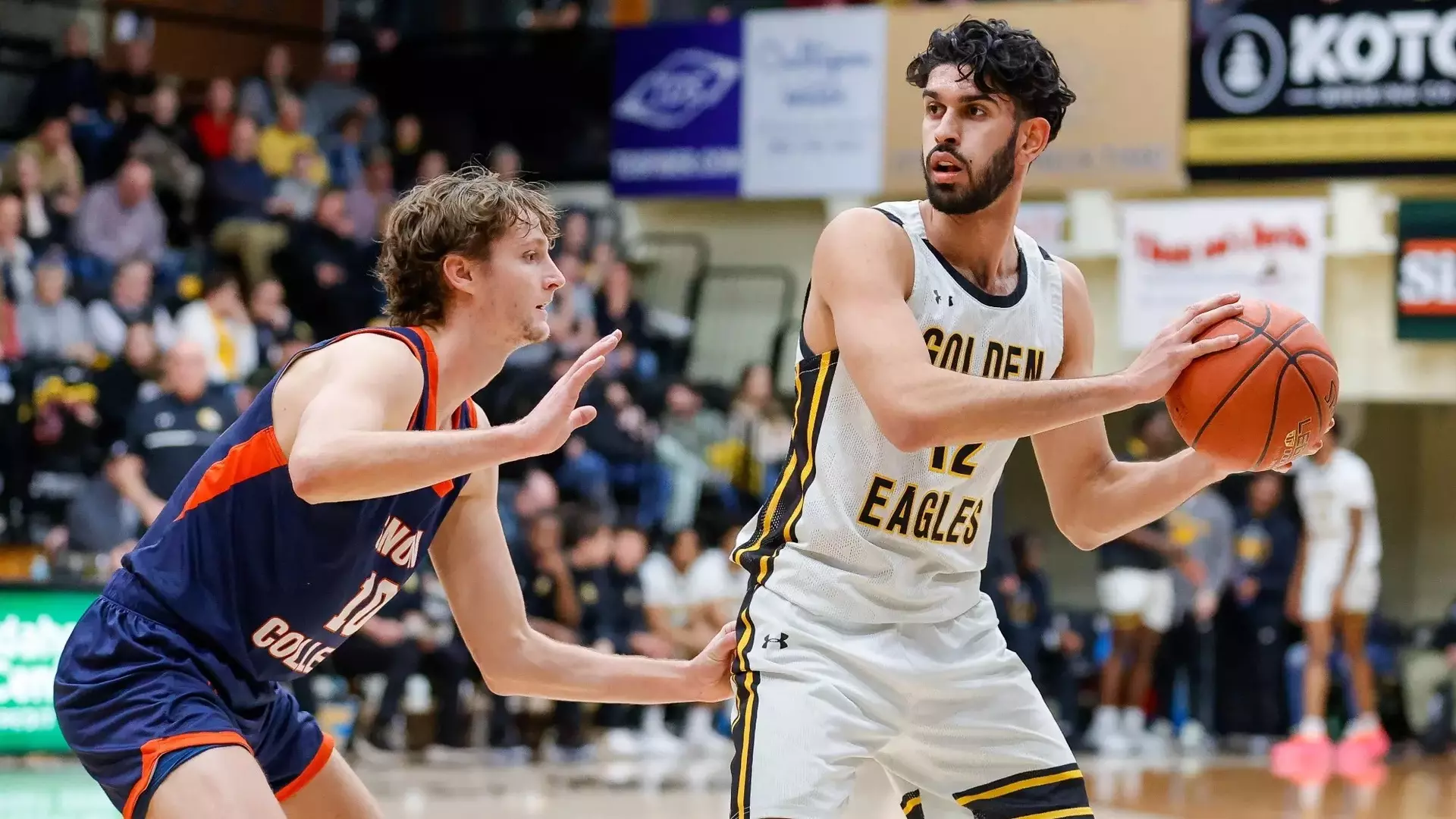
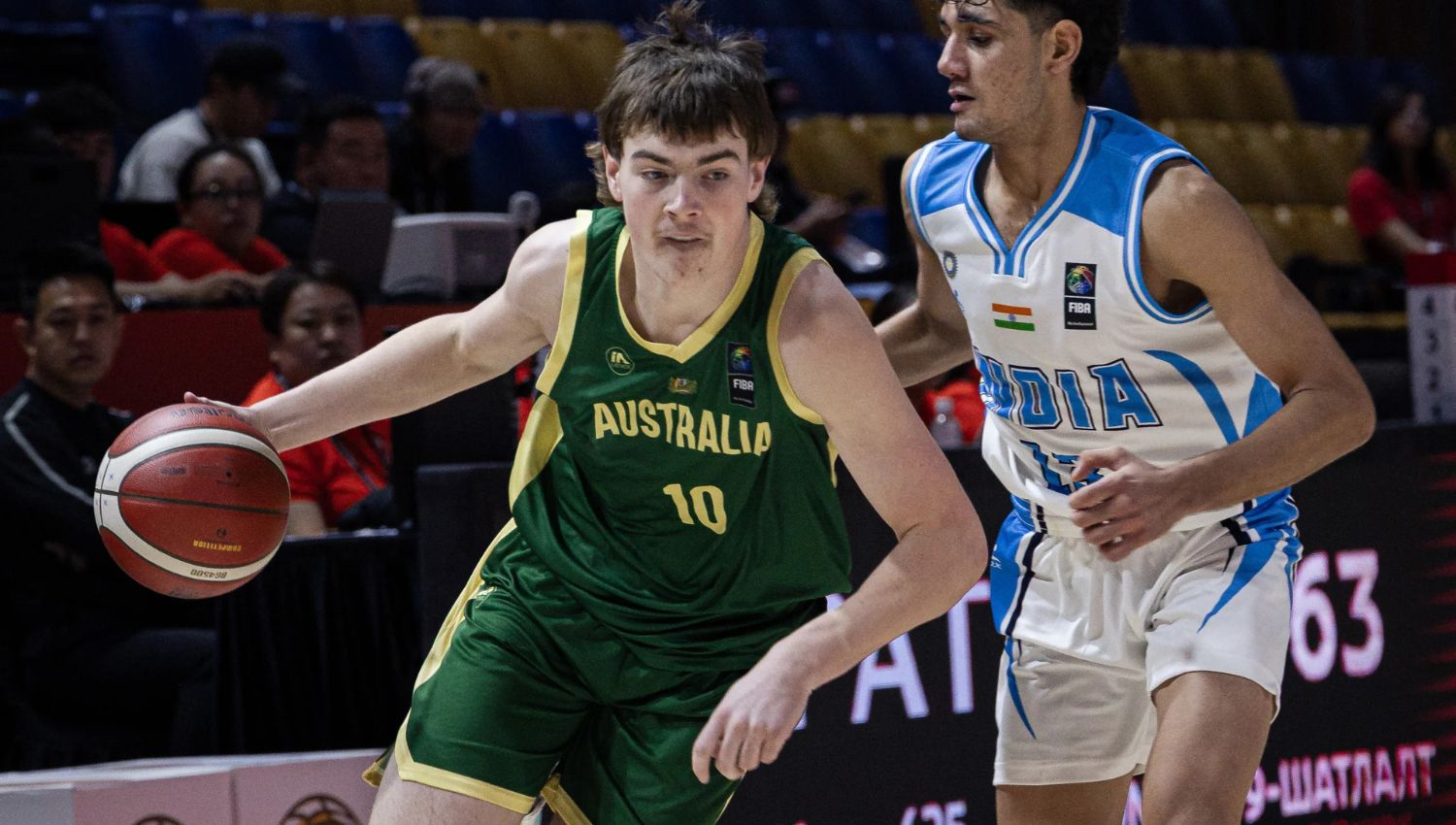
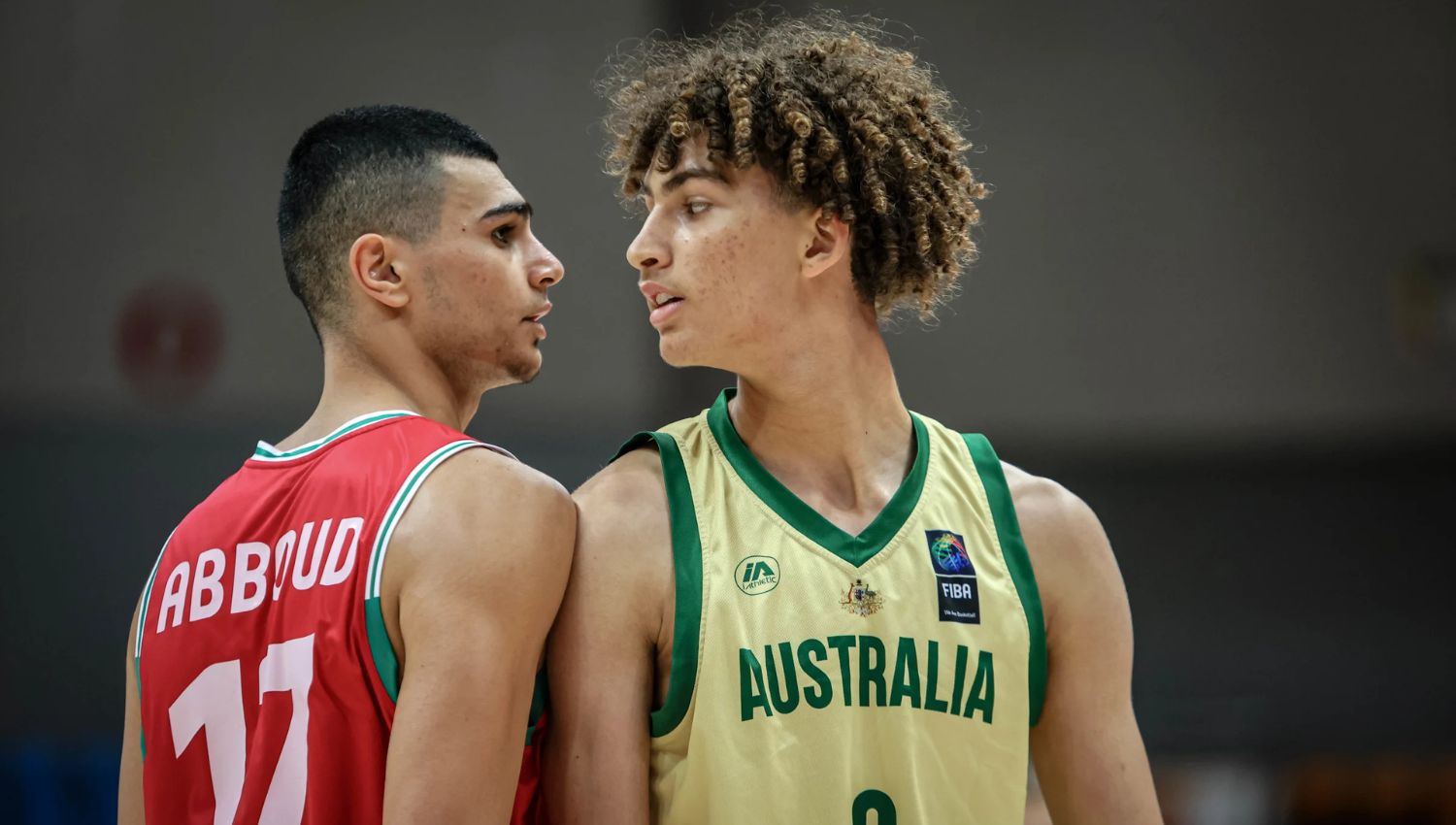
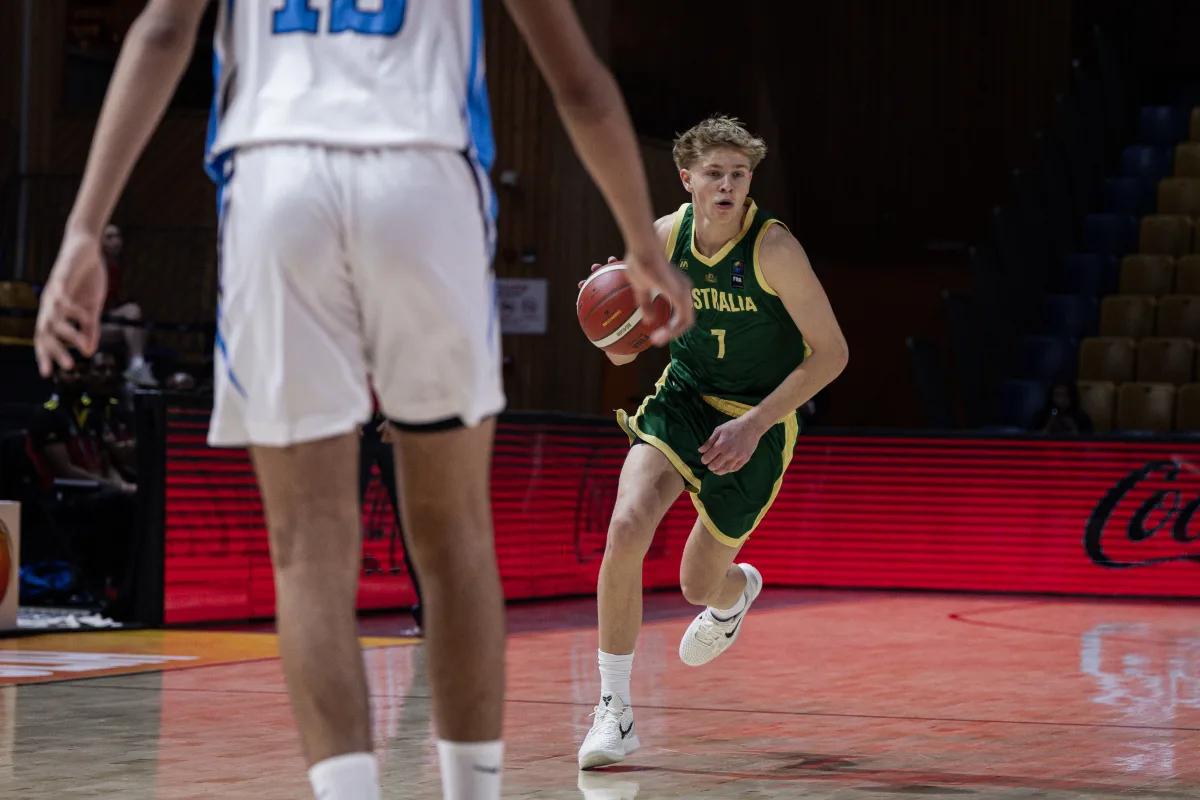
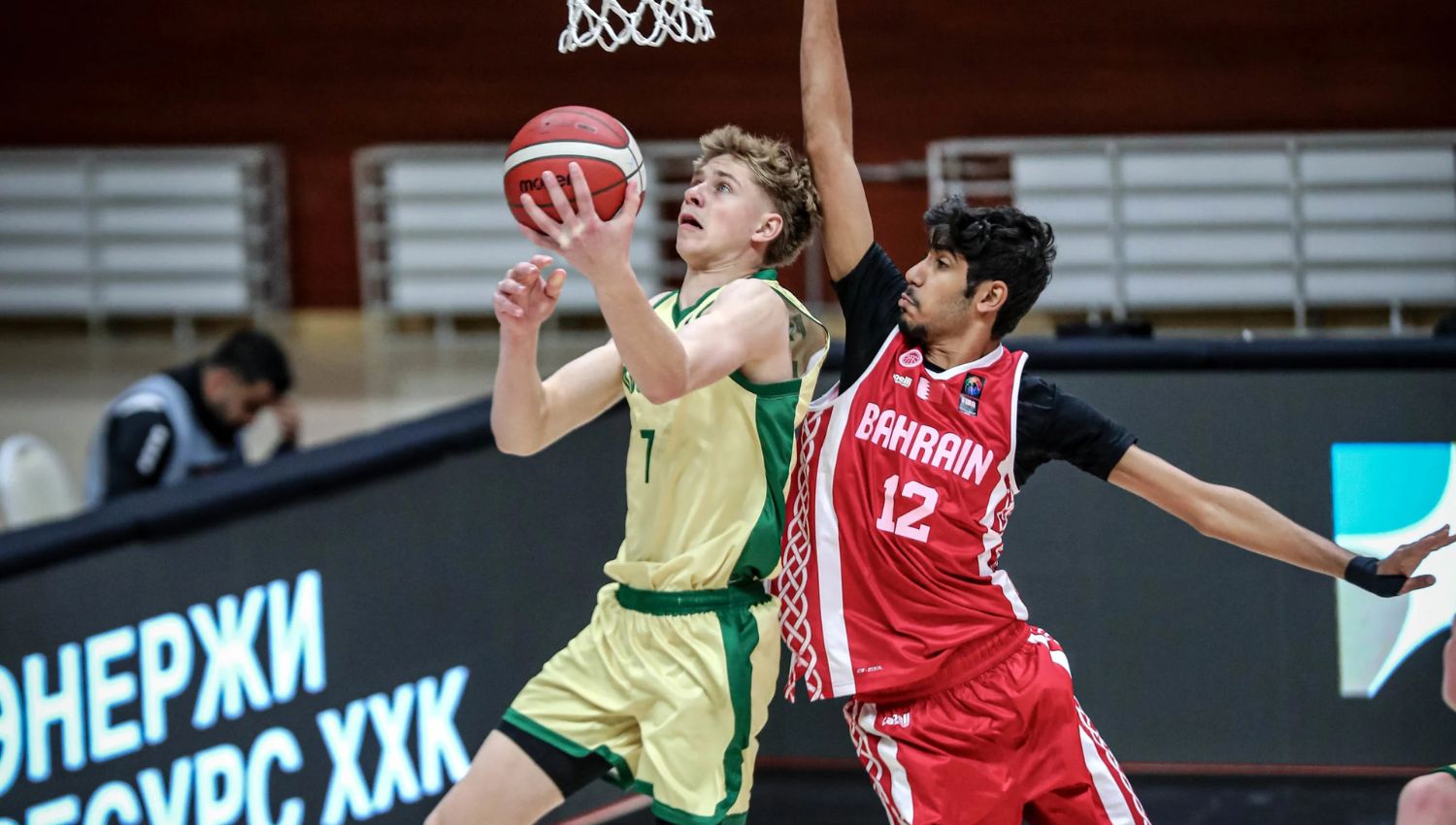
.png)

.avif)
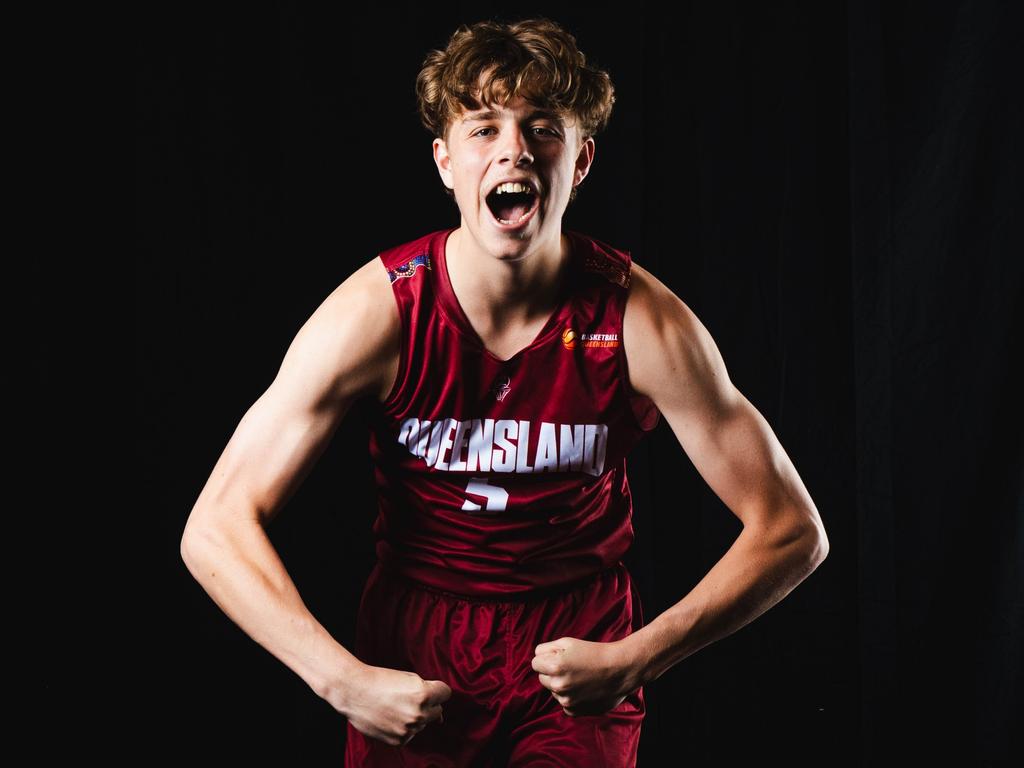

.png)


.png)
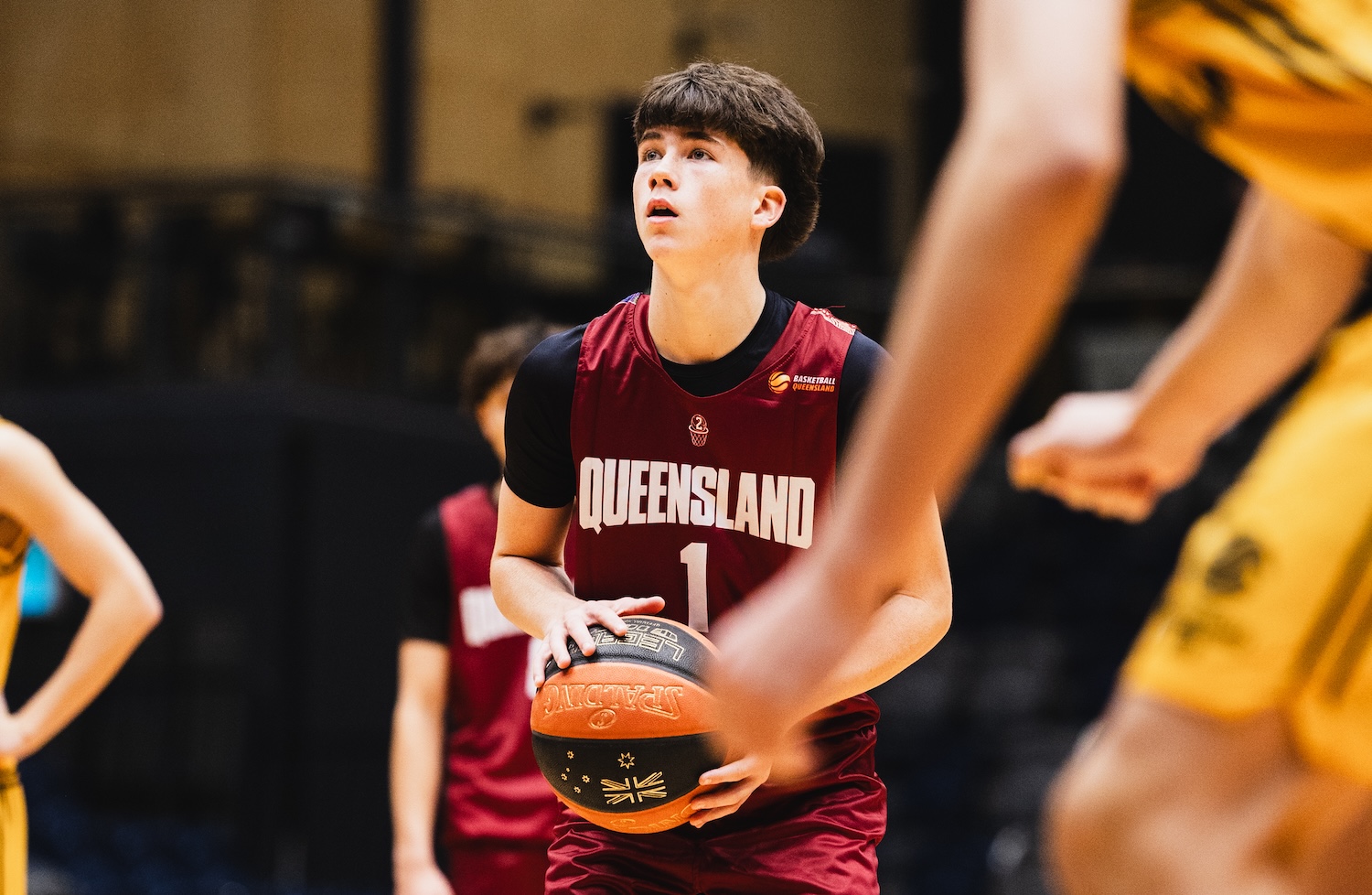
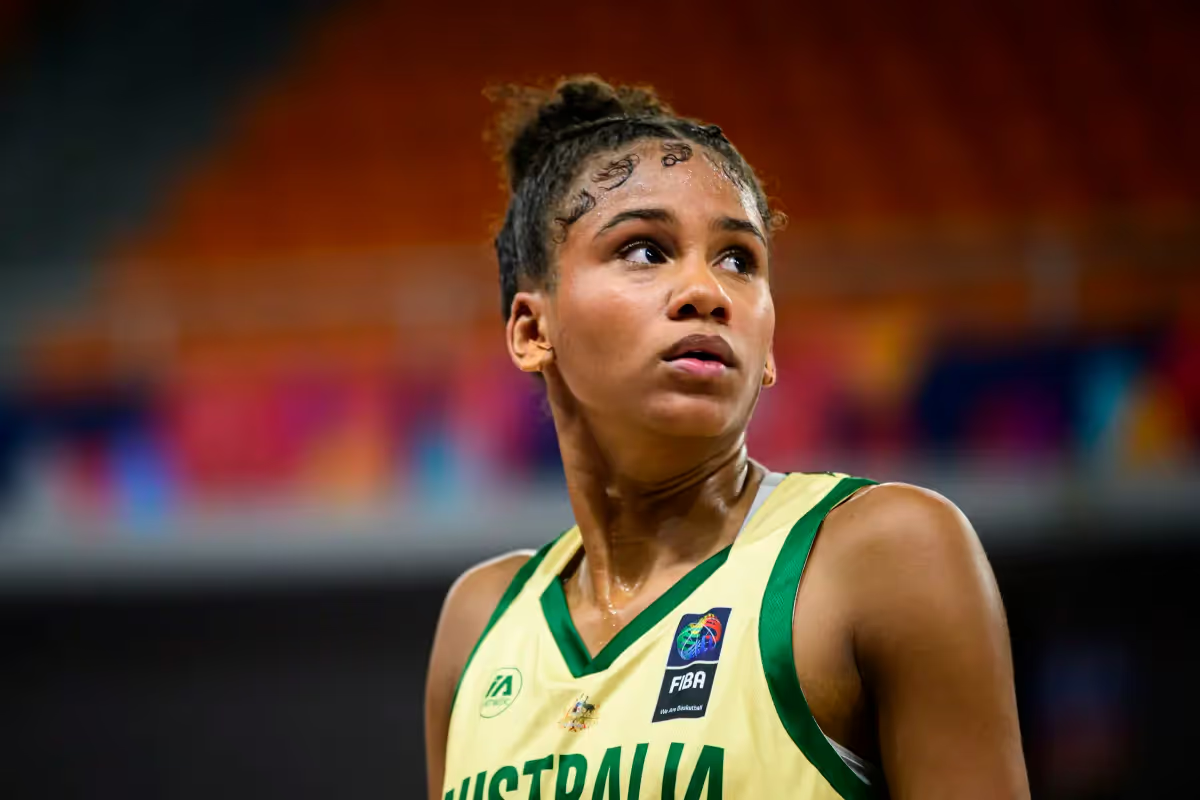
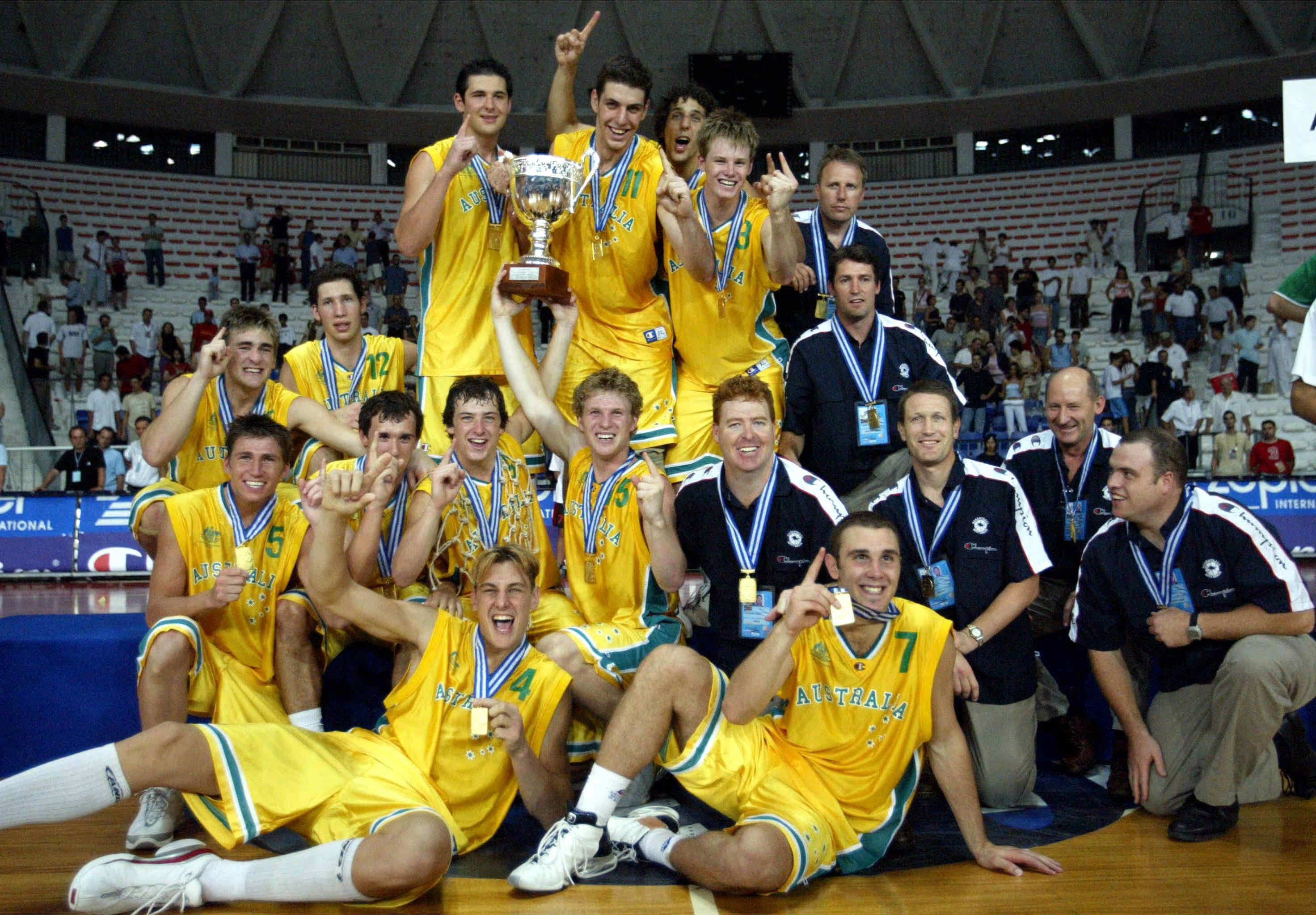
.avif)
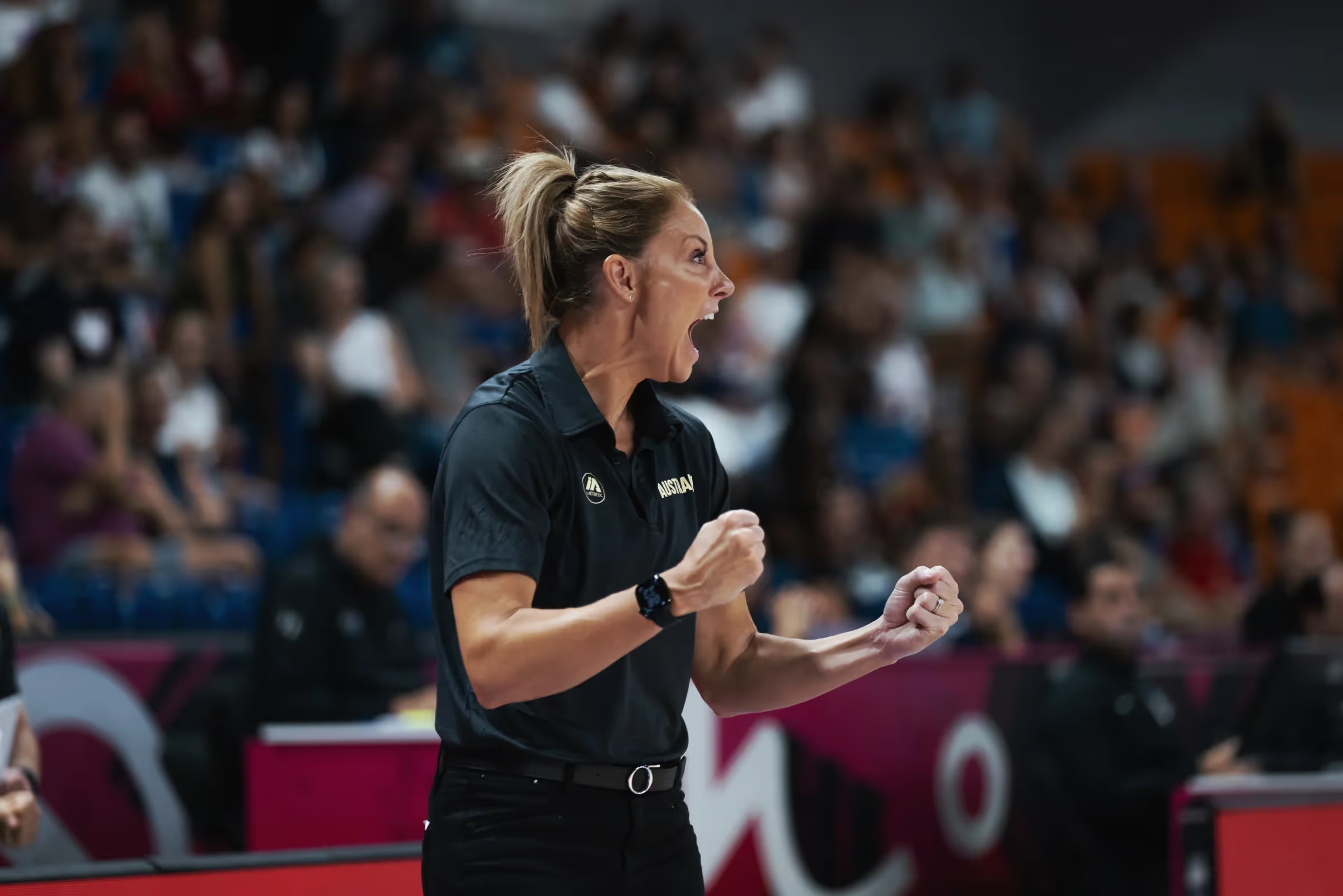
.avif)





